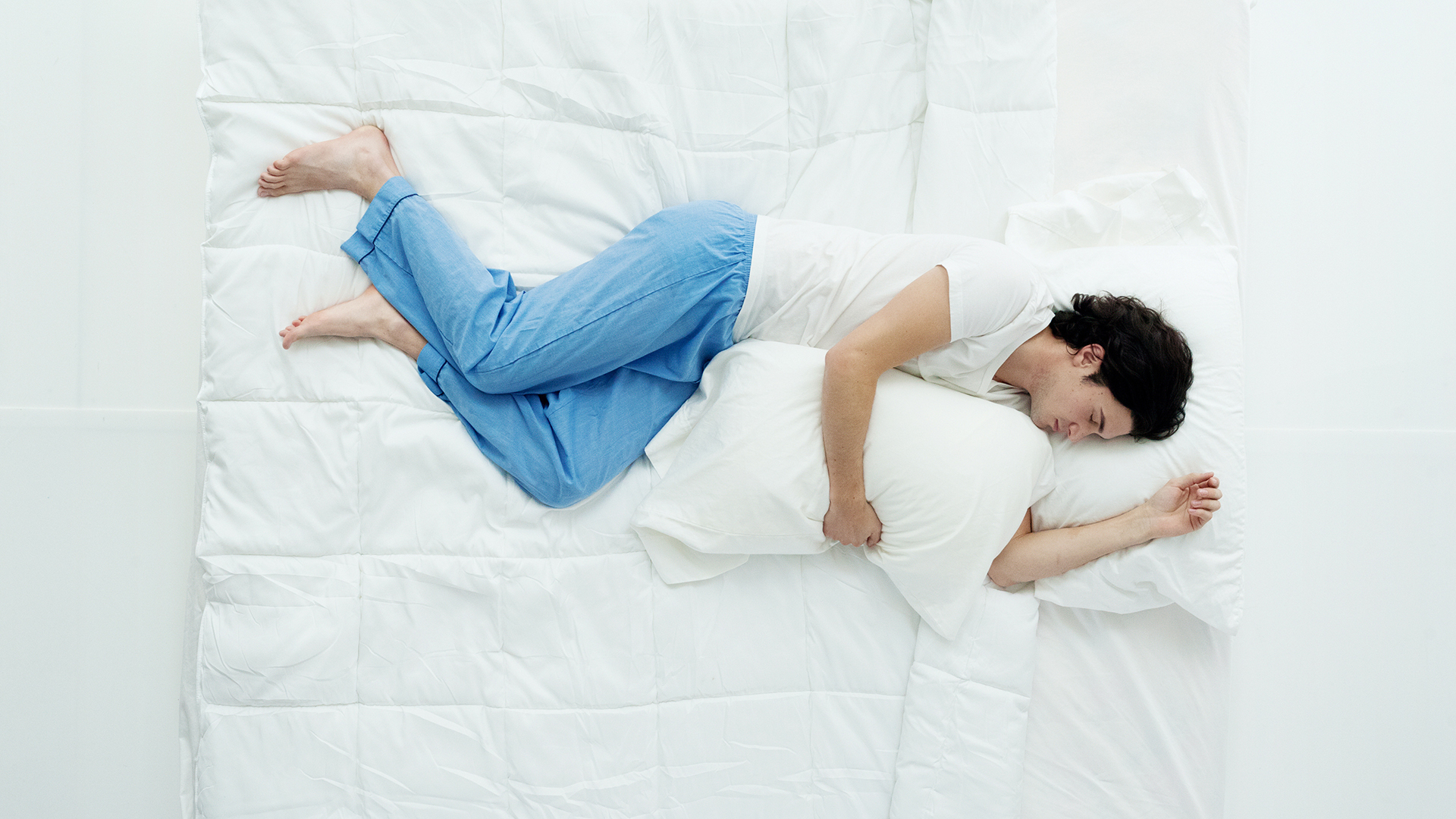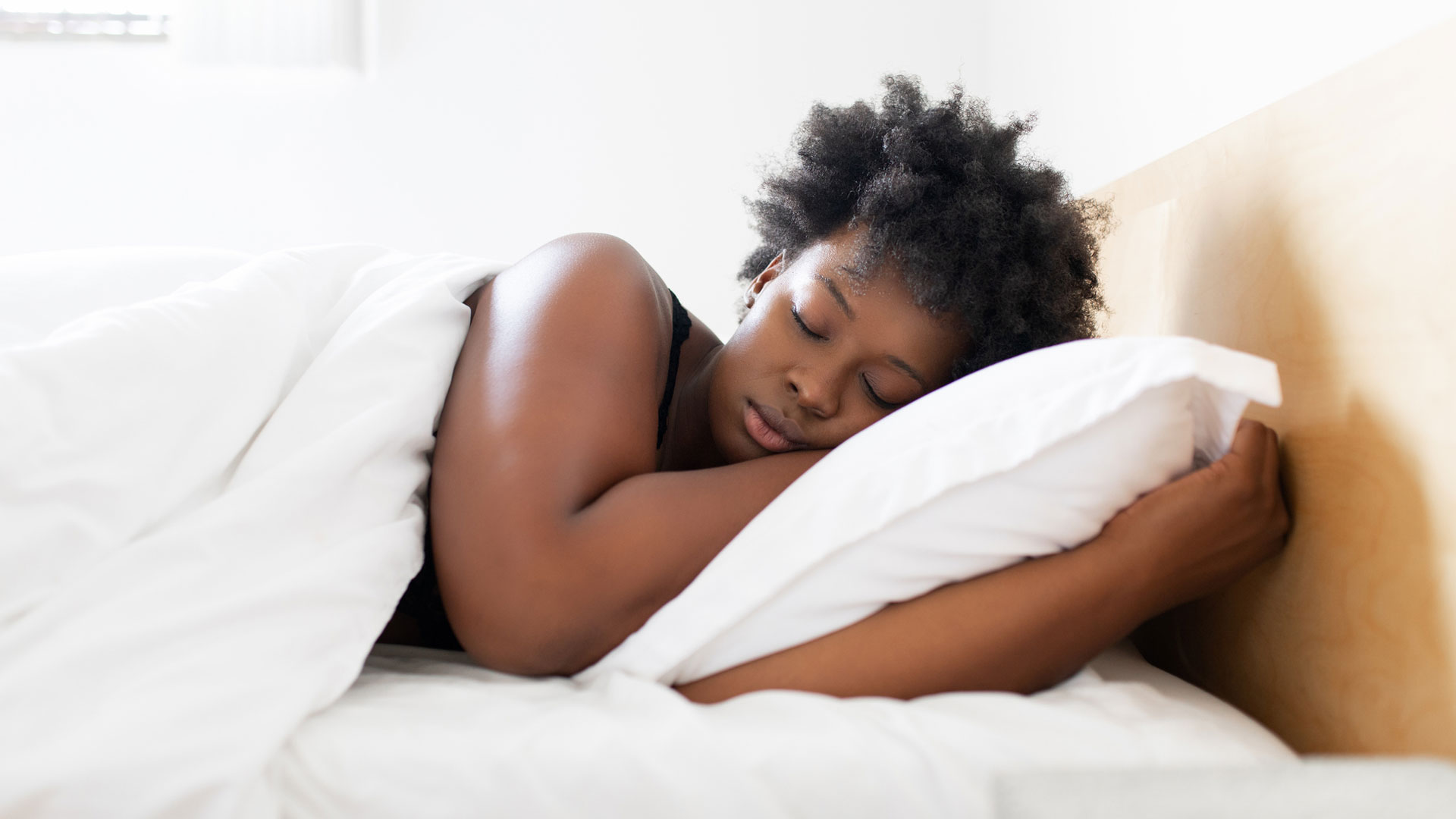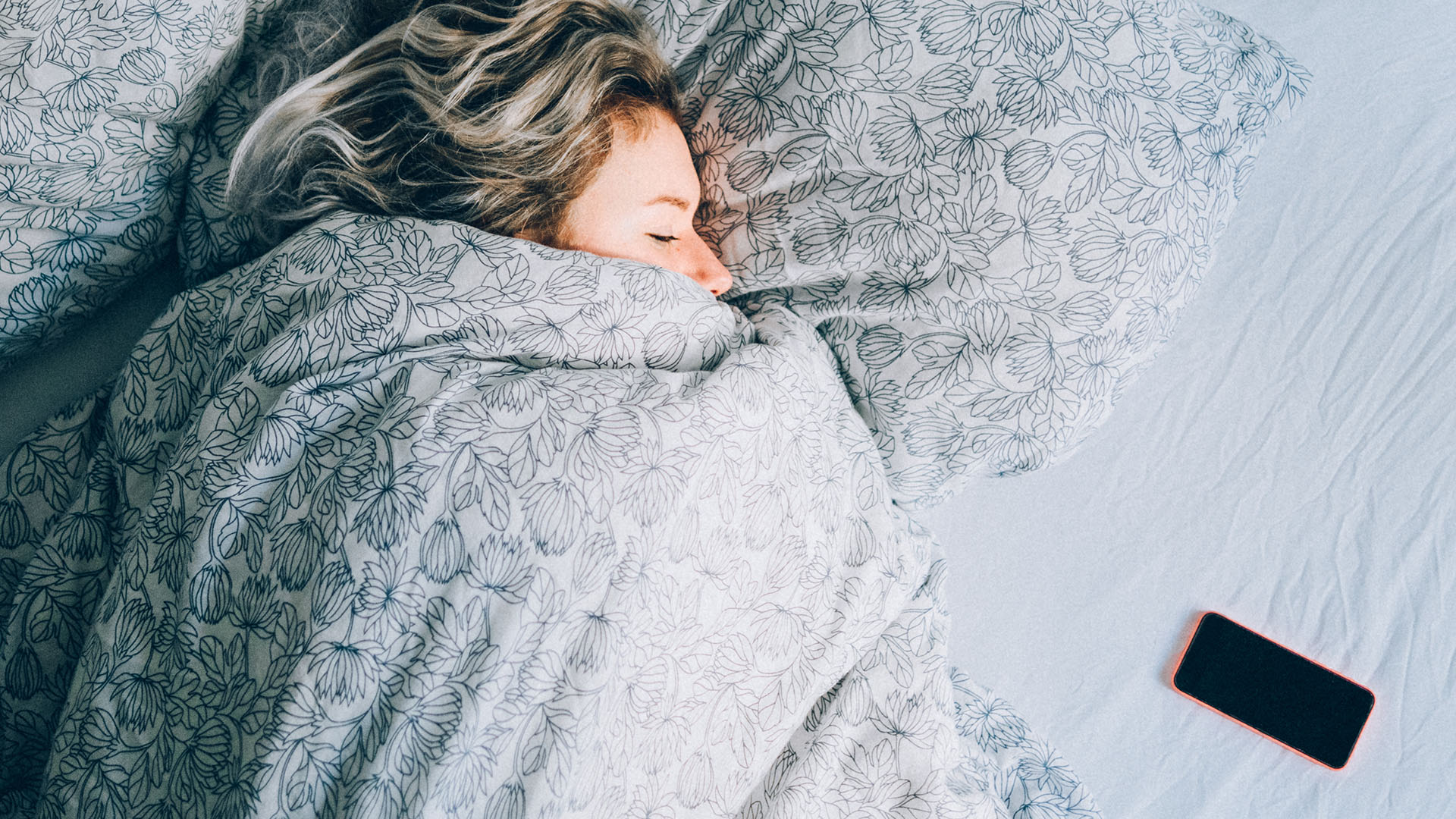What is the best mattress firmness for side sleepers?
How to find that perfect blend of cushioning and support

Side sleeping is considered one of the best positions for sleeping, which is good news for many of us, as it's also one of the most common. Side sleeping can take pressure off the neck and spine, while helping your body maintain alignment overnight. However, if you want to enjoy healthy and restorative sleep when lying on your side, you need to choose a mattress that matches your sleep posture.
In a side lying position, the shoulder and hip become potential pressure points, while the spine lacks immediate support. The best mattresses for side sleepers combine soft cushioning with a supportive core, keeping you comfortably cradled as you sleep. Medium and medium-firm mattresses are typically best at this. (One of the best firm mattresses will likely end up in a sore shoulder.)
The best mattress for you is always the one that matches your body type, sleep position, and needs. Let's take a closer look at how to pick the right mattress firmness for a side sleeping position.
What mattress firmness is best for side sleeping?
Medium or medium-firm mattresses tend to have the best firmness levels for side sleepers. These mattresses offer a balance of cushioning and support. They're softer around the pressure points – the hips and shoulders – with a strong core that keeps the spine in neutral alignment.
We rate mattresses on a scale from 1 to 10, with 1 being ultra-soft and 10 being rock-hard. When choosing a bed, side sleepers should start by looking at mattresses towards the middle of the scale – from 5 to 7.5. In practice, it's very rare to see a mattress rated 10 or less than 3.
You should also factor in body weight. As a rule, the heavier you are, the firmer your mattress needs to be to provide adequate support. A very lightweight side sleeper will likely get on better with a mattress towards the lower end of that range (so around a 5) while a bigger-bodied person should err towards the upper end (7.5) and might even need a firm mattress instead (8 or above).

An important note: firmness is very subjective. In our reviews, we use a kettlebell test to gain an objective score of how soft a mattress is, but even so, what we consider 'medium-firm', for example, might not be what you consider 'medium-firm'. And that might not match a brand's own firmness rating, either.
How to choose the right firmness for side sleeping
Firmness is subjective and those numbers can be a little difficult to get your head around. When trialing a mattress, make sure to lie in your preferred side sleeping position. You should be able to feel the mattress against your ribs and pelvis. If you can't, then the mattress is probably too firm. It needs to have some give, so you don't simply lie on top of the surface.
However, you also want to avoid going too far in the other direction. If your hips are sinking much lower than the rest of your body, then you aren't getting the support you need, and the mattress is probably too soft. There are ways to make a mattress firmer – like adding a firm mattress topper – if you think your sleep setup doesn't have enough support. Soft beds can often feel incredibly comfortable for the first few nights, but over time, you'll notice they can rarely provide enough support.

Many of the best memory foam mattresses are ideal for side sleepers, as the dense foam contours to your joints while still providing a supportive core. The Nectar mattress is good for this – check out our Nectar memory foam mattress review to learn more.
But that doesn't mean foam is your only option. Some of our best hybrid mattresses use a softer comfort layer (that's the top layer of cushioning), which can cradle the side sleeping position for the perfect night's sleep. For example, in our DreamCloud hybrid mattress review, we deemed this luxurious-feeling bed excellent for side sleepers.
Get daily insight, inspiration and deals in your inbox
Sign up for breaking news, reviews, opinion, top tech deals, and more.
Is a hard or soft mattress better for side sleepers?
Side sleepers need cushioning around the hips and shoulders, so tend to fare better with a slightly softer mattress than a back or stomach sleeper would. However, side sleepers still need support across the spine and mid-section, which a hard mattress can provide. We recommend medium to medium-firm mattresses for most side sleepers.
But firmness is tough to nail down, and what feels soft for one side sleeper might feel hard to another. Body type plays a role in this: those with a heavier build might rate a mattress as soft, while the same mattress is considered firm by someone with a lighter build. This is due to the level of compression. A heavier body will sink into a mattress more, creating that softer feeling.
A hands-on test is the best way to find the right firmness, so make sure to consider the trial period when choosing a mattress. A mattress trial allows you to try the bed for a set amount of time, so you can discover how it feels. If you don't like the mattress, you can return it within this trial period and claim your money back (provided the mattress is still in good condition).

Ruth is TechRadar’s Sleep Writer. She’s here to help you find the perfect sleep setup for your budget and personal preferences. As well as keeping a keen eye on everything that’s going on in the world of mattresses, she regularly speaks to experts to help you learn how to improve your sleep habits, whether that’s by debunking sleep myths or explaining the science behind it all. Prior to joining the TechRadar team, she wrote features and product guides for new parents hoping to get a decent night's sleep, as well as writing for a variety of online spaces.